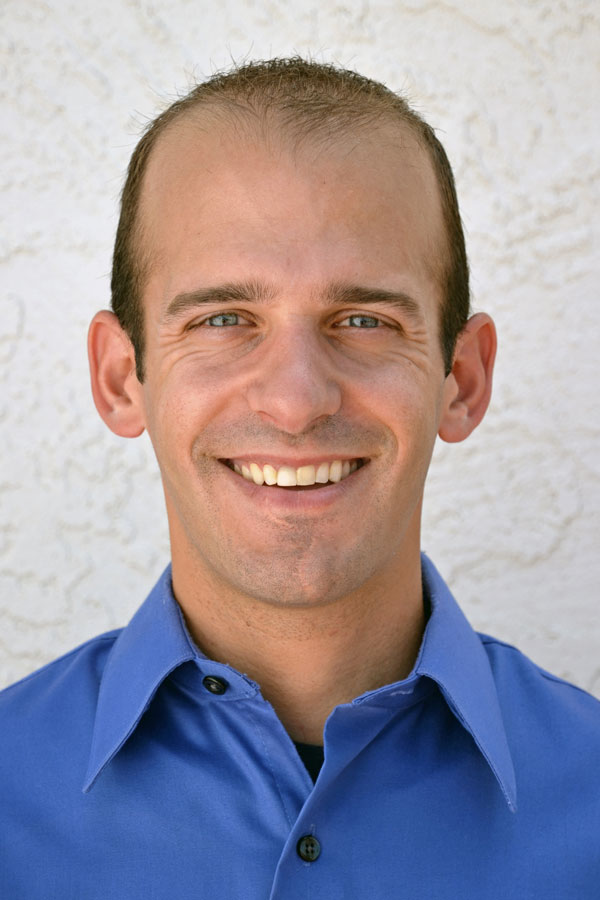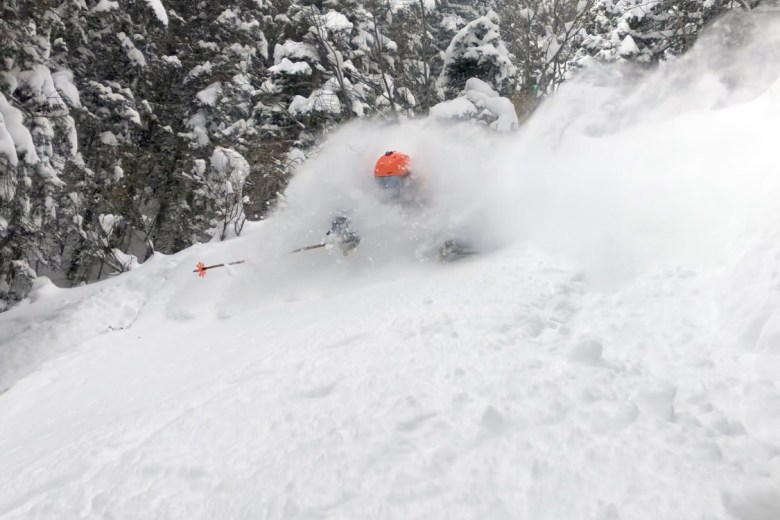Snow — the lack of it, the proliferation of it, the anticipation of it — fuels the West’s winter small talk. (Up here in Montana this year, we’re mostly griping about the lack of snow.) Hoping to sound a bit smarter at the coffee shop, we called Joel Gratz, the Boulder-based meteorologist behind OpenSnow, an app that forecasts conditions for skiers and snowboarders. We asked him whether this year’s snow patterns have been unusual — and what, if anything, they say about the future of skiing.
This interview has been edited for length and clarity.
High Country News: You started writing powder-specific forecasts in 2007 and founded OpenSnow in 2011. What sent you on this path?
Joel Gratz: Around 2005, my friend Tamara was working at Steamboat. Most mountains were expecting 4 to 8 inches of snow, and then she called me up and said, “We just got 48 inches.” Most of my friends would chalk that up to like, oh, weather forecasts just aren’t right all the time. But there’s a big difference between saying it could snow 4 to 8 inches, and maybe you get 10 or 12 inches, versus you say 4 to 8 inches and you get 4 feet. There was something that the forecast models were not capturing, that I was scientifically interested in — but largely, like, man, if I would have known, I would have gone to Steamboat and skied really deep powder. Forecasting powder days: It’s really hard in big mountains, but the payoff is really sweet.

HCN: Is snow in the West actually decreasing? Or do we just like to complain?
Gratz: The reality is that precipitation across many parts of the West, which is rain and melted snow, exhibits no long term-trend. Some years you get a lot of rain and snow, some years you don’t. There are trends, however, in temperatures. With increasing temperatures, over time, you can see more rain than snow at lower elevations around the shoulder seasons, and more evaporation. So even with the same amount of rain and snow, the ground, on average, can be a little drier.
HCN: Got it. So we should abandon all our hand-wringing about the end of snow?
Gratz: Powder and snowfall and water in the West are emotional issues. But if you had a perspective of 50 years of data, there’s just ups and downs. It’s a bummer when the downs happen, and it’s great when the ups happen. This year, in Utah, in Colorado, we’re doing fine: 80% to 110% of average. Where you are (in Montana), it’s not as good. But this is unfortunate luck. And weather variability. What we are seeing this year, you don’t point to it and say, “This is what’s going to happen forever.”
HCN: Let’s talk skiing. What’s your take on the future of the industry?
Gratz: It’s not going away anytime soon. There are always going to be stories about smaller mountains that can’t make it; skiing has always been a capital-intensive business. But if warming continues, skiing will face challenges. Probably not next year, but probably sooner than 100 years, especially at lower elevations and at areas that always have challenges with rain and snow. Think about the Pacific Northwest, Europe, the Northeast. Regardless of climate change, these areas have always been subject to rain and warm weather at times. So if the world continues to warm, the odds for these impacts will continue to go up.
HCN: Any hot takes about destinations that will be better or worse off?
Gratz: The (main) ingredient for snow — and for snow to stick around — is cold temperatures. And — purely logically, having nothing to do with long-range weather forecasts — higher elevation is better. So, if you’re looking out 30 or 40 years, and the Earth continues to warm, Summit County and central Colorado have resorts between 8,000 and 12,000 feet. That’s a pretty good hedge against warming.
HCN: You estimate that you’ve skied at 75 to 100 resorts. What’s one you feel like everyone should experience at least once?
Gratz: Oh, I don’t think it’s a resort, because resort is so variable in terms of what people like. The thing that’s most magical is skiing at least 6 inches of the lightest, fluffiest snow possible. Often it’s called wild snow. It’s hard to time; a lot of it is just being out enough that you get lucky. It is the snow that’s so light that you could pick up a foot of it, blow it off your hand, and it kind of disappears into the air. It’s like fairy dust, it sparkles. It doesn’t slow you down when you ski through it. And who cares where you do that?

Susan Shain reports for High Country News through The New York Times’ Headway Initiative, which is funded through grants from the Ford Foundation, the William and Flora Hewlett Foundation and the Stavros Niarchos Foundation (SNF), with Rockefeller Philanthropy Advisors serving as fiscal sponsor. All editorial decisions are made independently. She was a member of the 2022-’23 New York Times Fellowship class and reports from Montana. @susan_shain

